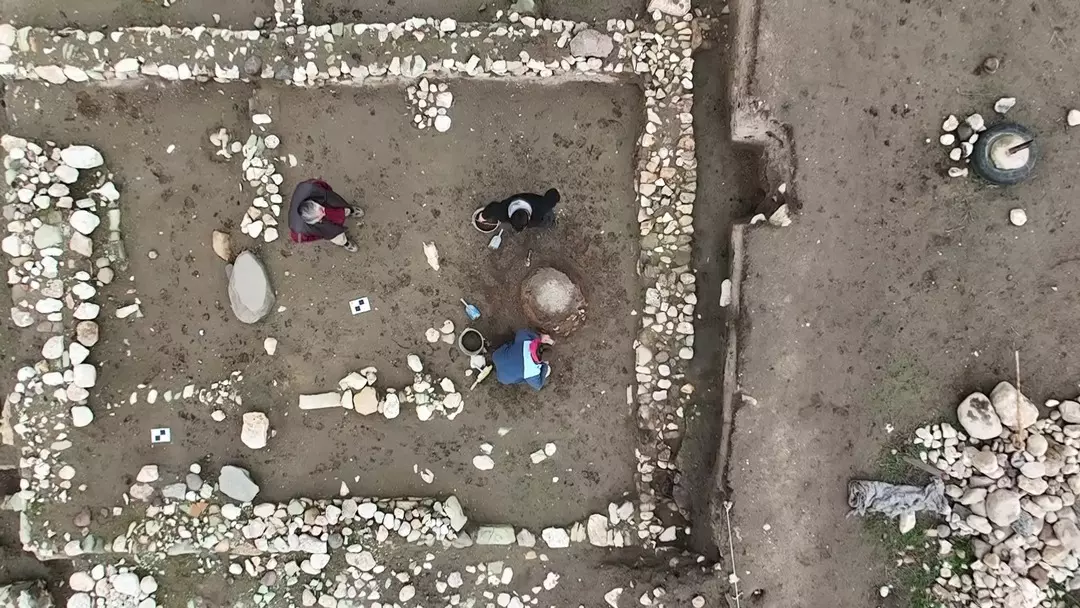Scientists have determined that Ötzi the Iceman likely had dark skin and was bald, not too dissimilar from his current dried-out form.
The mummified body was found on the Schnalstal glacier in 1991 - South Tyrol Museum of Archaeology/SWNS
The Otztal Alps in the border region of Austria and Italy are home to Europe's oldest natural mummy, which dates back 5,300 years.
According to the present reconstruction in the South Tyrol Museum of Archaeology, Ötzi had fair skin, light eyes, and shaggy hair. He also had a beard.
With dark eyes and skin, though, it appears that he had a genetic susceptibility to male pattern baldness.
According to anthropologist Albert Zink, co-author of the study and director of the Eurac Research Institute for Mummy Studies in Bolzano, "It was previously believed that the mummy's skin had darkened during its preservation in the ice, but presumably what we see now is actually largely Ötzi’s original skin color."
It is the darkest skin tone ever observed in a contemporary European person.
"The genome analysis revealed phenotypic traits like high skin pigmentation, dark eye color, and male pattern baldness that are in stark contrast to the previous reconstructions that show a light-skinned, light-eyed, and quite hairy male," Prof. Johannes Krause of the Max Planck Institute for Evolutionary Anthropology, Germany, added.
"However, the actual mummy is dark and hairless. It is amazing how our own idea of a stone-age human from Europe biases the reconstruction.
Scientists have concluded Ötzi looked not too dissimilar to his present desiccated state, with dark skin and a bald head - South Tyrol Museum of Archaeology/SWNS
In one of the oldest murder mysteries ever, Ötzi was shot in the back with an arrow by an unidentified assailant. His body remained immobilized in the mountain's ice and snow for all time.
Ötzi ancestry is altered by the current research. He may have derived from a combination of local hunter-gatherers, migrant farmers from Anatolia, or modern-day Turkey, and Steppe herders from Eastern Europe, according to genetic profiling conducted in 2012.
However, the latest findings show no connection to the Steppe herders, with researchers realizing that current DNA had unintentionally gotten mixed up with the original samples. Additionally, there is hardly any hunter-gatherer DNA, pointing to Middle Eastern farmers as his ancestors.








